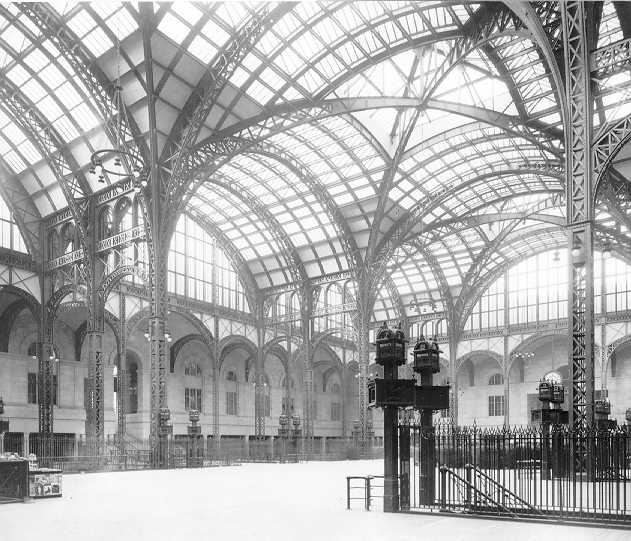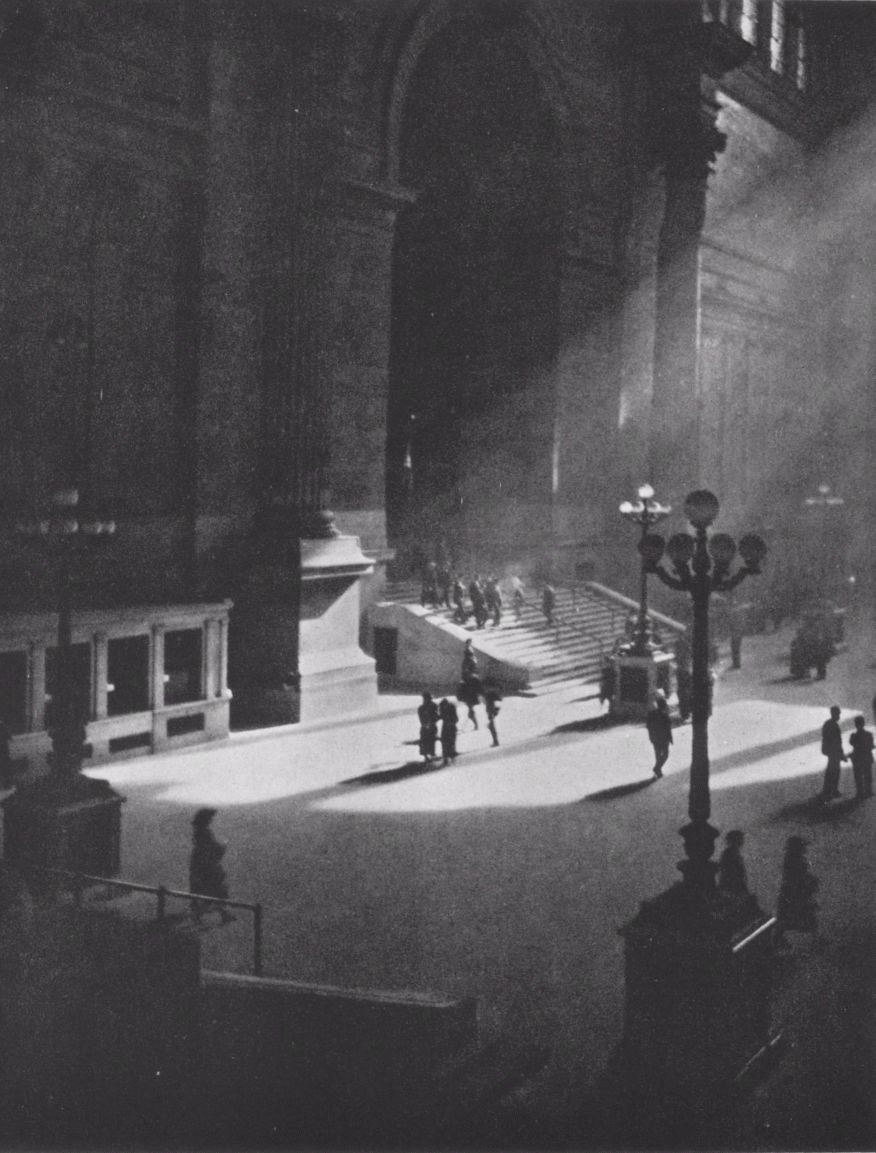
Conquering
Gotham
A Gilded Age Epic:
The Construction of
Penn Station and
Its Tunnels
Jill Jonnes
(Viking)

It was 1906. There was to be the clearing of the Tenderloin in New York City to build the great Pennsylvania railroad station. Then there was the construction of tunnels to cross the Hudson --- also called the North River --- which, according to the engineer, Charles Jacobs, would be "Two enormous iron tubes of twenty-three feet in diameter driven 6,000 feet under water," which were to connect Manhattan with New Jersey.Once done, these tunnels proved to be anything but stable. They moved hither and yon, scaring the hell out of Jacobs and the other engineers for the railroad. The Philadelphia Inquirer wrote "the strain from pressure and vibration will be so great as to make the tubes break." Here you are, going from Hoboken to Times Square to celebrate New Years and a wall of water comes crashing down on the train before it gets to the station and suddenly you're all wet. And a goner. What was it that made these weighty cast-iron tubes move about, and what could be done?
The conclusion: the tides that swept up and down the Hudson were the culprit. They were dangerous phenomena that could only be resolved by a something called "screw piles." Like most intelligent pragmatists, the chief engineer decided screw piles be damned, that he would follow the easiest path ... do nothing. And here, a hundred years later, we now know it made no difference.
§ § § The author calls this "a gilded age epic." The building of the twin tubes --- plus four more for the Long Island Railroad --- and the construction of the nine-acre Pennsylvania Station itself ... well, it was all very gargantuan. And arrogant. And still the author manages to string it out so that we are hoping it will all play out satisfactorily in the end.
We are also left with no little wonder at these massive structures out of the turn-of-the-century: the Panama Canal, the Brooklyn Bridge, Penn Station and its many tunnels. The scale of these projects is so stunning that --- today --- the originators would seem feckless. Not only did the workers on the Pennsylvania tunnels get the bends (which killed several dozen), most of those who dared to conceive these epic ventures died from the sheer strain of it all: Alexander Cassatt, president of the Pennsylvania; Charles McKim, architect of Penn Station; and more colorfully (if sinfully), Stanford White, who expired in a flurry of bullets from an enraged husband while watching Mamzelle Champagne with the man's wife, his tootsie ... known by him by the name of "Tootsie;" by others by the name of Evelyn Nesbit.
§ § § Conquering Gotham is a couple of years old. I rooted it up when I was on vacation and found myself without a book to review. I eat them, and evidently, had et them all. I live in a tropical clime, and Gotham was tinged with mold.
Green or not, it makes for good reading. Like most good novels, it ends in tragedy, not only by the killing off many of the principals, but by the knocking down of the Doric temple itself by one of the true villains of the piece: a New York developer by the name of Irving Felt. The 1962 brochure for his new Madison Square Garden didn't mention the razing of Penn Station. It took over four years. "People never heard of landmarks in 1962," said one of the New York architects --- one of the few --- who tried to save it.
Some blamed the building itself. Fortune magazine wrote, "Pennsylvania Station affronts the very architectural rationale on which New York is founded by daring to be horizontal rather than a vertical giant."
I recall it did take a while to get around in, but we loved the monumentality of it all. The contrast was startling: the one between where the trains from Chicago and Washington and Florida slid in to the unloading platforms below ... and the gargantuan "waiting room" above.
We can never forget coming in at four p. m. on a spring afternoon into the stygian depths below and then, suddenly, up the iron steps to the General Waiting Room with its "towering sixty-foot-high Corinthian columns topped with carved acanthus leaves," 150 feet up "to the soaring groin-vaulted coffered ceiling, which framed eight huge and lovely semicircular lunette windows." O youth! O those windows --- the sun slanting down through the slight haze, spotlighting one or another of us standing there, somewhat awkwardly, so minuscule, down the marble staircase, slanting past one of the enormous clocks, or Adolph Weinman's huge statues of "Day and Night" to be found hulking around outside, there above the streets.
"This is New York," we'd think. It was huge. We knew at once that we were there, in the City, about us all huge time and space, a lush day in the springtime in the springtime of our lives ... the world waiting for us outside in the sunshine, coming in through the spacious, grandiose windows, the city waiting for us outside.

--- Carlos Amantea